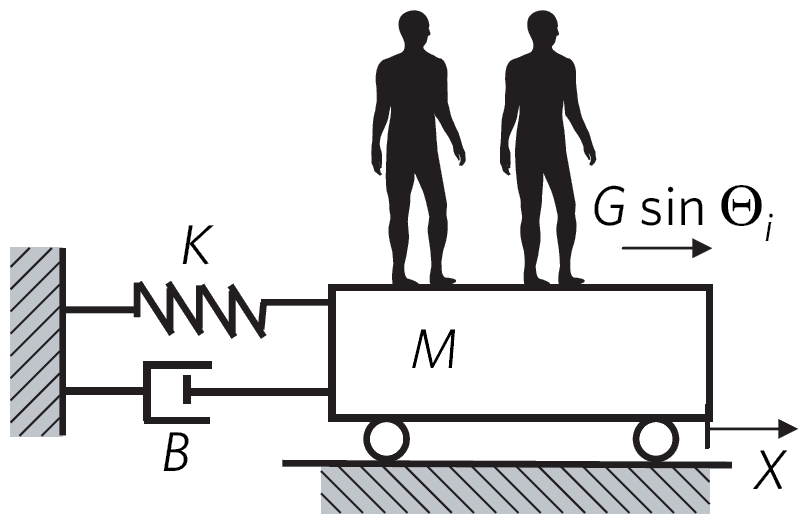
Language deathMuch like animals competing for a limited supply of food or water, languages can be thought of as self-perpetuating entities that compete for speakers. Linguists long ago identified two key factors that give one tongue an advantage over another in this battle for resources:
We can express those two statements as mathematical rules and use them as the basis for a dynamical model of how people shift languages. In the simplest case of two-language competition, those rules (plus a few fairly innocuous assumptions) imply that there can only be three possible long-term outcomes: language X dominates, language Y dominates, or both languages coexist. Unfortunately, that same model also implies that the coexistence is unstable: a slight advantage for one language will lead to the eventual extinction of the other. For more information, please see "Modelling the dynamics of language death." Religious affiliationIn every country where data is available, the fastest growing religious group is the "unaffiliated"—people who choose not to affiliate with any organized religion. We use research on social conformity, together with methods from nonlinear physics, as the basis for a mathematical model of this growth. We come to a startling conclusion: coexistence of religious and irreligious segments of society may be unstable! That is, our model suggests that religion may be driven toward extinction in the long run. We test the model with historical census data drawn from 85 regions of nine modern secular democracies, and find that it fits data well. According to the model, a slight advantage in the perceived utility of religious non-affiliation should lead to the long-term decline of religion. For more information, please see "Dynamics of social group competition: modeling the decline of religious affiliation." Left-handednessWhy is it that in every modern society about 1 person in 10 is left-handed? Archaeological evidence shows it's been that way for at least 5000 years, and probably much longer. So lefties are here for a reason: evolution has produced them in just this ratio and maintained it over the course of millennia. We present a new mathematical model that shows that a small population of left-handers should persist in a society dominated by right-handers when both cooperation and competition are important in human social interaction. The balance between the two determines how common left-handedness should be. We look to the world of competitive sports for data to support our theory. The same cooperative and competitive pressures explain the disproportionate success of left-handed athletes in many sports, such as baseball, boxing, or fencing, and why left-handers are rare in other sports such as golf. For more information, please see "A model balancing cooperation and competition can explain our righthanded world and the dominance of left-handed athletes." London's Millennium bridgeOn June 10, 2000, London's new footbridge across the Thames opened to great acclaim. Within 48 hours authorities were forced to close the bridge, citing a dangerous lateral vibration induced by the large crowds. After 20 months and £5 million in modifications to increase damping, the bridge reopened, but the origin of the problem remained a mystery. Together with Prof. Steven Strogatz and Prof. Allan McRobie, I devised a model of human-structure interaction to explain the pedestrian-driven wobble. Borrowing techniques from mathematical biology, we consider human walkers as limit-cycle oscillators that are weakly coupled to lateral motion of the bridge deck. Our model predicts spontaneous outbreaks of synchronization among the walkers and the rapid onset of large-amplitude vibrations beyond a threshold number of walkers. This prediction closely matches video footage of opening day and explains results of experiments conducted while the bridge was closed. For more information, please see "Crowd synchrony on the Millennium Bridge." |
| Danny Abrams | 847-491-5346 | Office M444, Technological Institute, Northwestern University |
